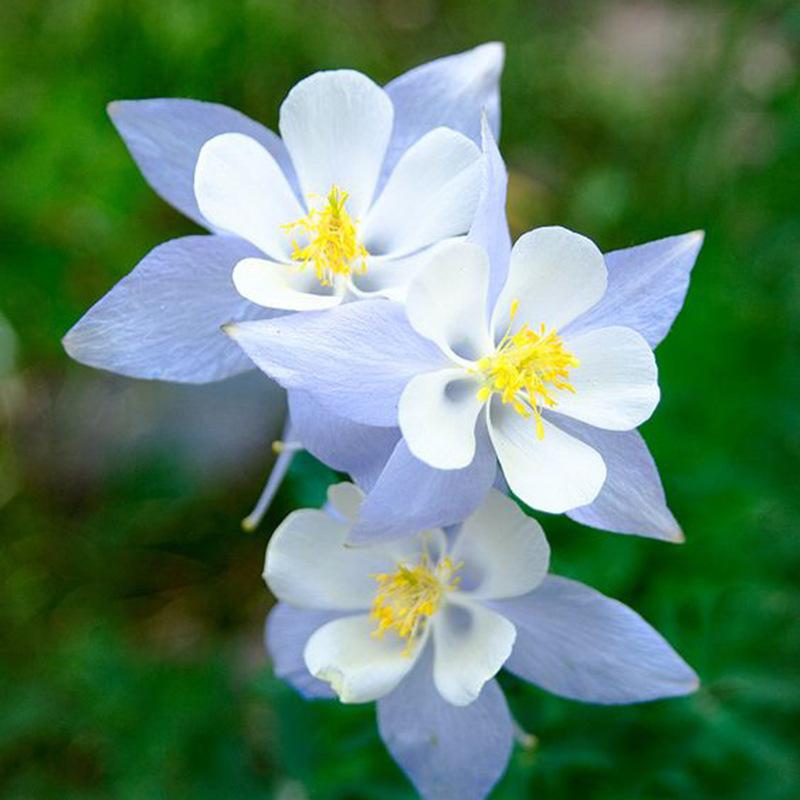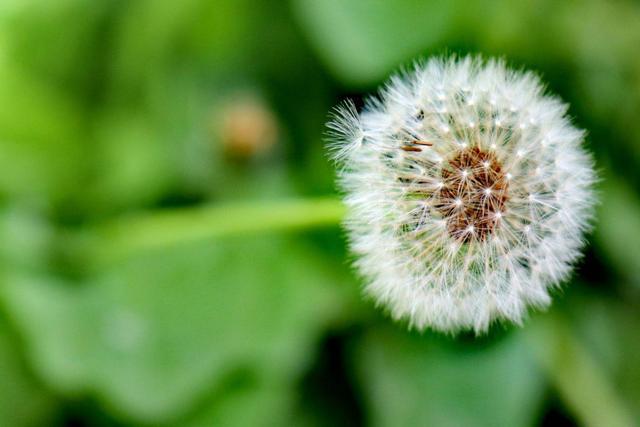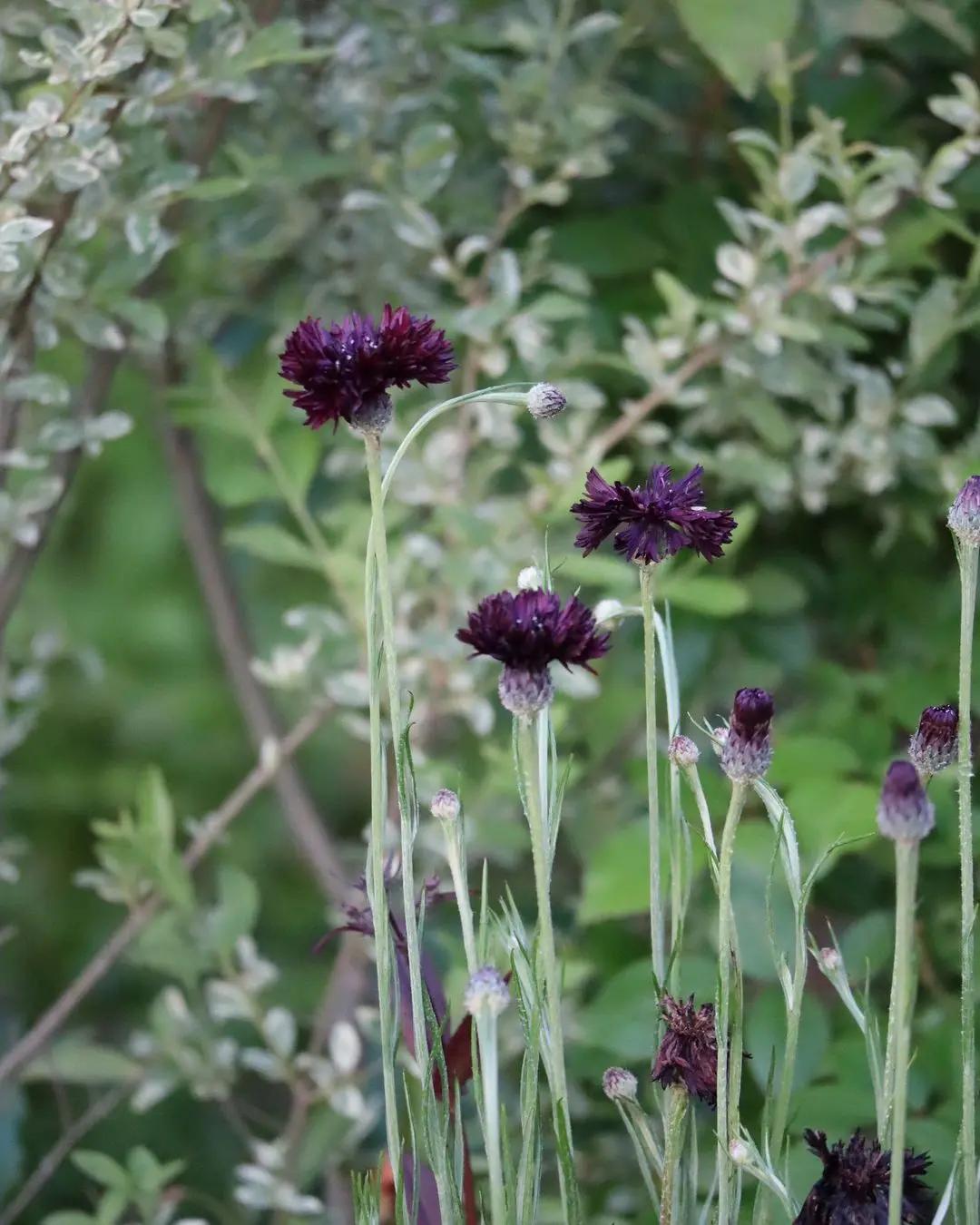Once upon a time, a little plant named Sagittaria embarked on a fascinating journey. Born in a lush meadow, Sagittaria dreamed of exploring the world beyond. One day, a mischievous breeze carried the tiny plant far away. Sagittaria found itself in a magical forest, where it encountered unique creatures and awe-inspiring landscapes. With each step, Sagittaria grew stronger and more vibrant, adapting to the diverse environments it encountered. Its beauty and resilience captivated all who crossed its path. Sagittaria’s adventurous spirit and ability to thrive in different conditions became an inspiration for all plants around the world. And thus, the legend of the remarkable Sagittaria plant lives on, reminding us to embrace new experiences and bloom wherever life takes us.
Picture
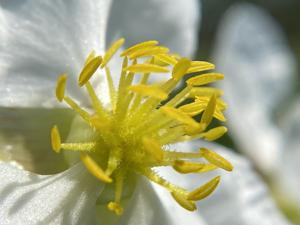
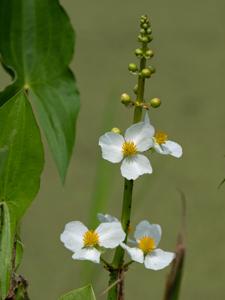
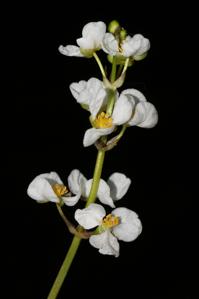
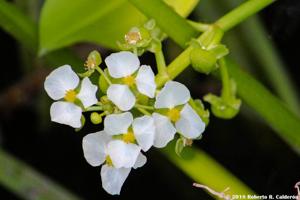
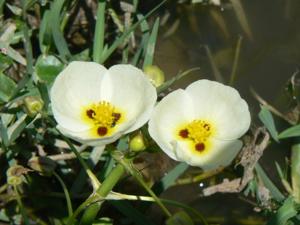
Plant some seeds now!
Short Description
Sagittaria is a genus of about 30 species of aquatic plants whose members go by a variety of common names, including arrowhead, duck potato, swamp potato, tule potato, and wapato. Most are native to South, Central, and North America, but there are also some from Europe, Africa, and Asia.
Description
Sagittaria plant stock (the perennial rhizome) is a horizontal creeper (stoloniferous). and obliquely obovate, the margins winged, with apical or ventral beak; in other words, they are a small, dry, one-seeded fruit that do not open to release the seed, set on a slant, narrower at the base, with winged edges, and having a “beaked” aperture (one side longer than the other) for sprouting, set above or below the fruit body.[clarification needed]
Other names are Pshitola (Dakota), Si” (Omaha-Ponca), Si-poro (Winnebago) and Kirit (Pawnee), “cricket ” (from the likeness of the tuber to the form of a cricket) ; known also as kits-hat, “ standing in water,” the tuber being termed kirit.

